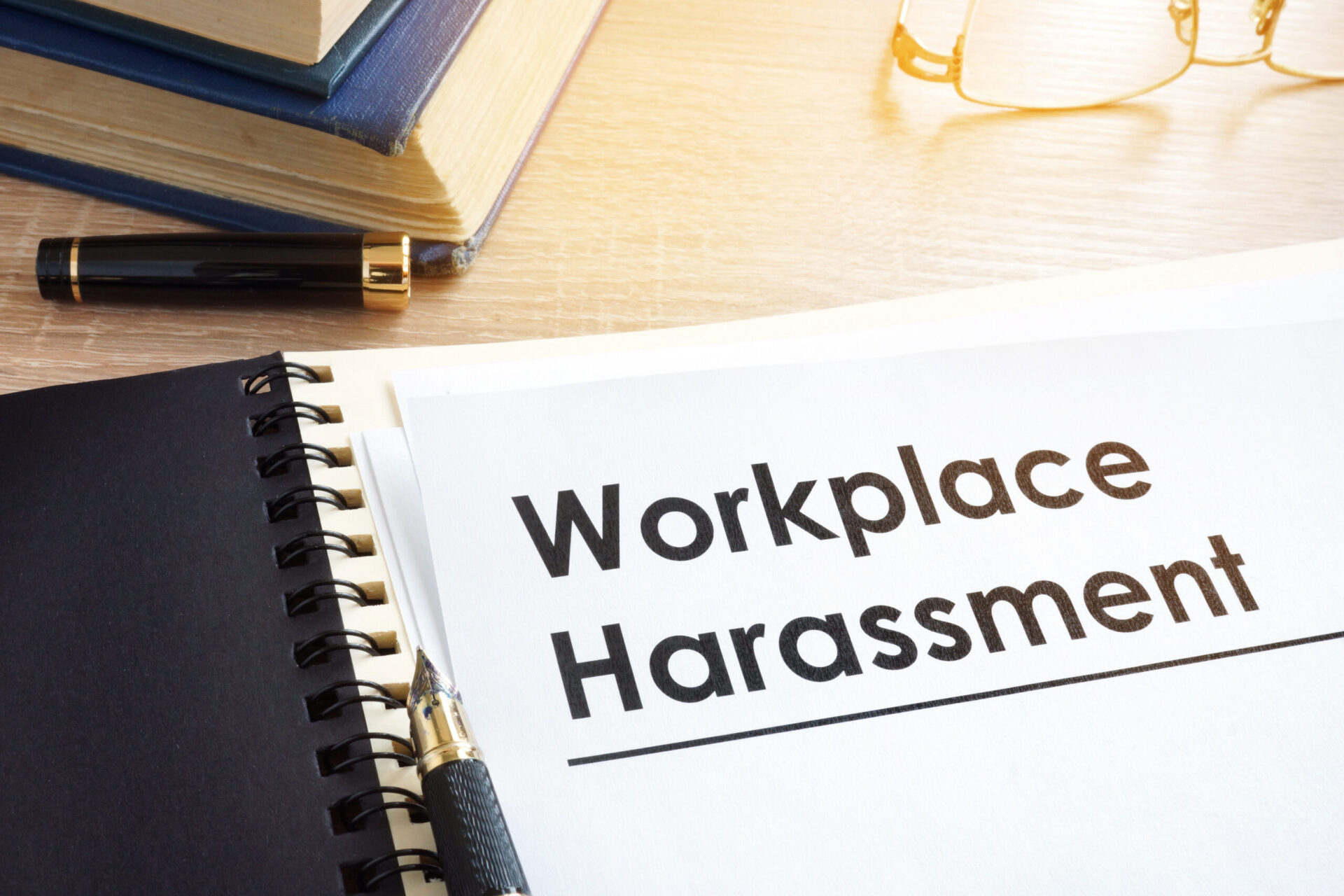Prevention is the key to minimizing harassment in the workplace. There are fundamental measures employers should take to prevent workplace harassment, such as having a written policy against it and communicating the policy to all workers. As of January 1, 2021, employers with five (5) or more employees must train employees and managers on prevention strategies and their policy. Employers should also publicly post the California Department of Fair Employment and Housing’s (FEHA) poster on sexual harassment, and distribute the brochure on sexual harassment to all new hires.
It is extremely important to note the number of charges that continue to be filed with the Equal Employment Opportunity Commission (EEOC) year after year. In 2019, employers paid out a record $68.2 million to those alleging sexual harassment violations through the EEOC. This amount shattered the previous record by over $10 million, and reminded us all that the #MeToo movement continues to be a significant influence in workplaces across the country.
The EEOC has developed a chart of risk factors for harassment, and strategies for responding to those risks, such as:
- Homogenous workforce
- Workplaces where some employees do not conform to workplace norms
- Cultural and language differences in the workplace
- Coarsened social discourse outside the workplace
- Young workforce
- Workplaces with “high value” employees
- Workplaces with significant power disparities
- Workplaces that rely on customer service or client satisfaction
- Workplaces where work is monotonous or tasks are low intensity
- Isolated workplaces
- Workplaces that tolerate or encourage alcohol consumption
- Decentralized workplaces
Click here to learn why the above may be risk factors for harassment, and specific strategies for reducing harassment in your workplace.


